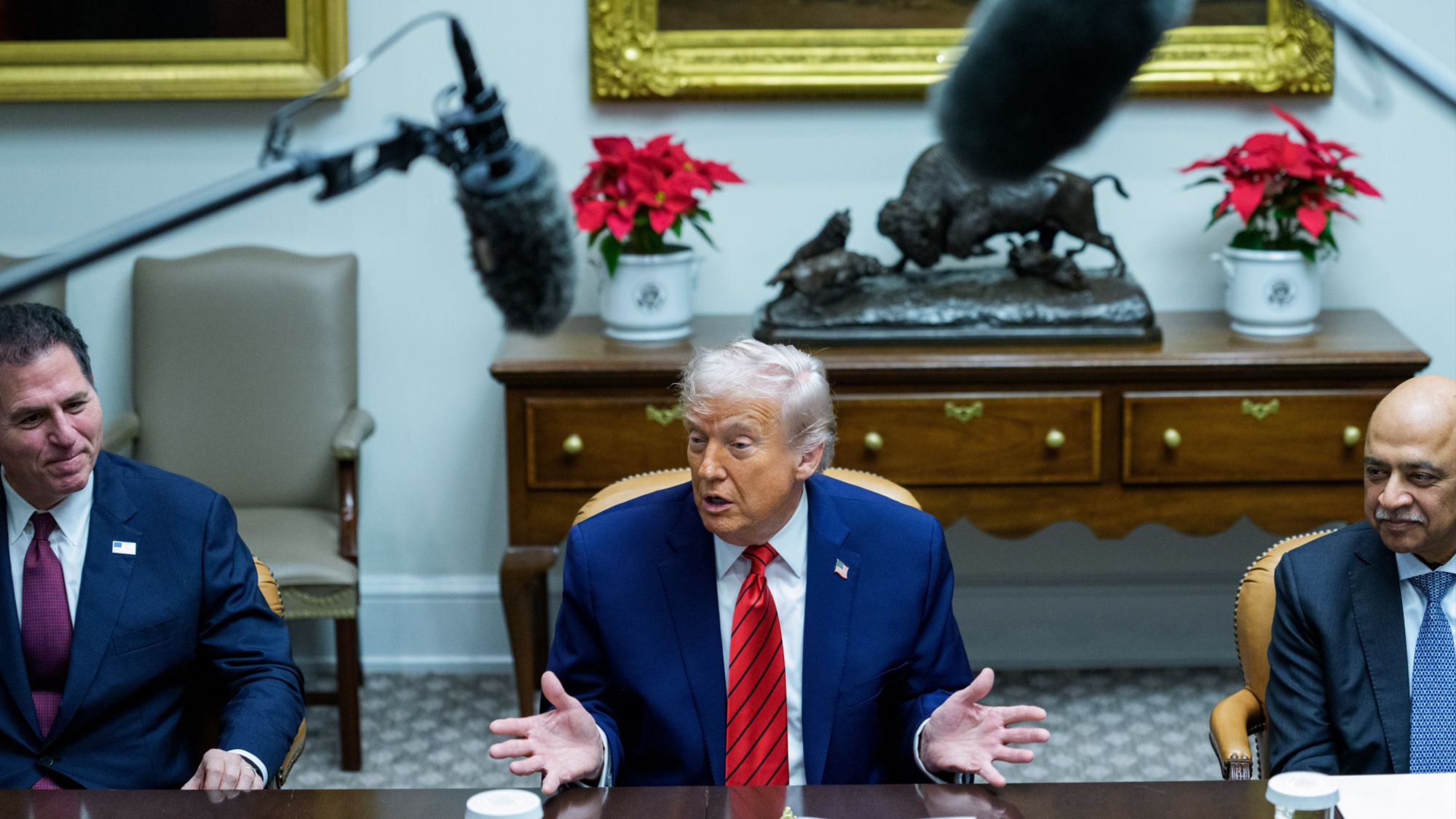Japan's 'remarkable' disaster preparation: 4 theories
Hundreds died in the earthquake and resulting tsunami, but many commentators say the damage would have been far worse in any other country

In the wake of the most powerful earthquake (and subsequent tsunami) in Japan's history, hundreds of people have been killed and many more are missing. But it could have been far worse, if not for what Noah Kristula-Green at FrumForum calls Japan's "remarkable disaster readiness." Yes, the island nation was admirably prepared, says Norimitsu Onishi at The New York Times. "Had any other populous country suffered the 8.9-magnitude earthquake that shook Japan on Friday, tens of thousands of people might already be counted among the dead." What did Japan do right?
1. Adopted strict building codes
With some of the "world's most rigorous" building codes, "no country may be better prepared to withstand earthquakes than Japan," says Norimitsu Onishi at The New York Times. Videos of Japanese skyscrapers swaying may look disturbing, but it's actually a sign of how the buildings were built to withstand tremors by moving along with them. Japan first changed its building guidelines to focus on earthquake preparedness in 1981. The 1995 Kobe earthquake led to further research and development into earthquake safety, and the country's building codes were again revised in 2000.
The Week
Escape your echo chamber. Get the facts behind the news, plus analysis from multiple perspectives.

Sign up for The Week's Free Newsletters
From our morning news briefing to a weekly Good News Newsletter, get the best of The Week delivered directly to your inbox.
From our morning news briefing to a weekly Good News Newsletter, get the best of The Week delivered directly to your inbox.
2. Drilled their population
"Every schoolchild knows what to do the moment the earth begins to shake: Slip a padded cover on to their heads and duck beneath the nearest desk," says Justin McCurry at The Guardian. "People who are at home when disaster strikes know, almost instinctively, to open the front door in case it is necessary to make a quick exit to open ground." For decades, the Japanese government has made a coordinated effort to prepare their population for disaster. September 1 — marking the anniversary of a massive 7.9-magnitude earthquake that struck Tokyo in 1923 — has been known as Disaster Prevention Day in Japan since 1960.
3. Developed warning systems
"Japan boasts the world's most sophisticated earthquake early-warning systems," says Emily Rauhala at TIME. Both public and private organizations conduct emergency drills, and televisions programming is immediately replaced by live coverage in the event of a quake. In 1952, the country set up a tsunami warning service consisting of hundreds of sensors around the archipelago, both in and out of the water, that monitors seismic activity.
A free daily email with the biggest news stories of the day – and the best features from TheWeek.com
4. Constructed special defenses
In the 1980s and 1990s, Japanese coastal communities built concrete seawalls as high as 40 feet for tsunami protection, a move that has been controversial. Critics argue that the walls are eyesores and bad for the environment.
Sources: New York Times, FrumForum, TIME, Guardian
-
 What role will Trump play in the battle over Warner Bros. Discovery?
What role will Trump play in the battle over Warner Bros. Discovery?Today’s Big Question Netflix, Paramount battle for the president’s approval
-
 ‘The menu’s other highlights smack of the surreal’
‘The menu’s other highlights smack of the surreal’Instant Opinion Opinion, comment and editorials of the day
-
 Education: More Americans say college isn’t worth it
Education: More Americans say college isn’t worth itfeature College is costly and job prospects are vanishing